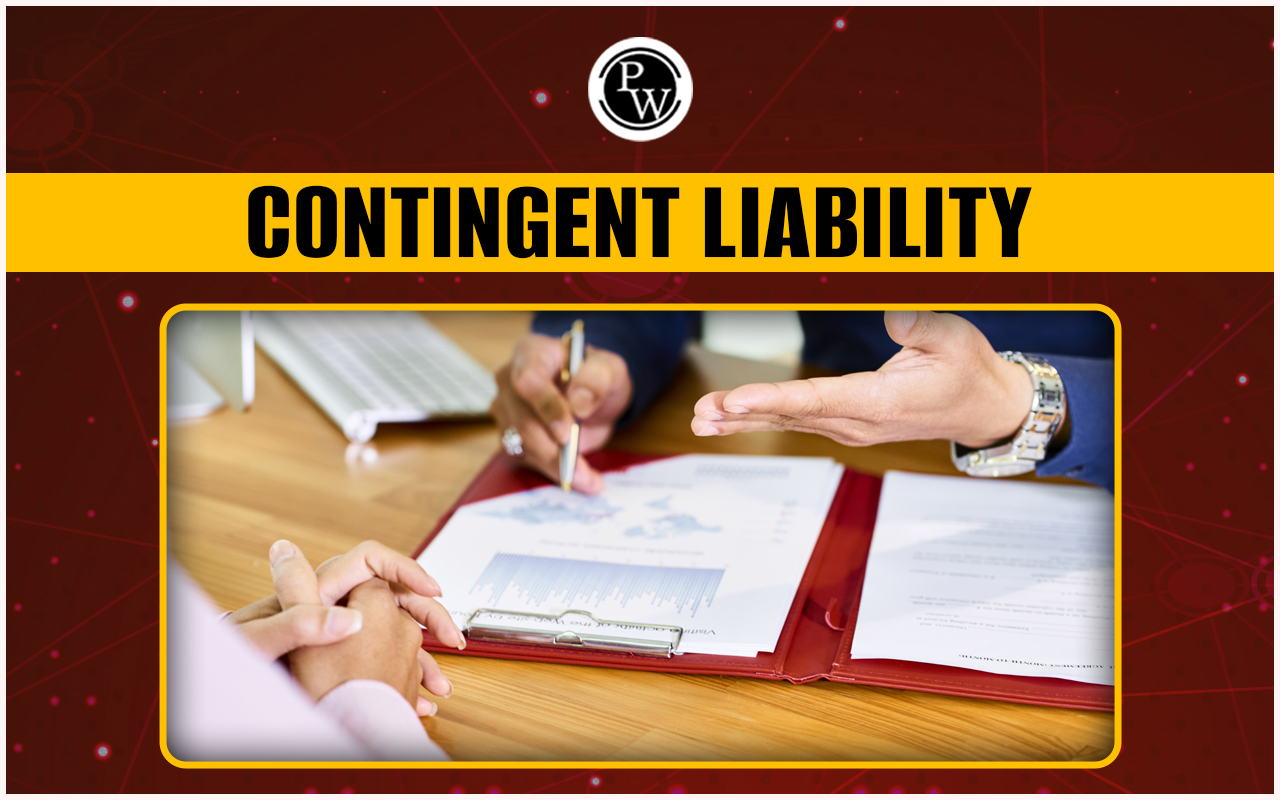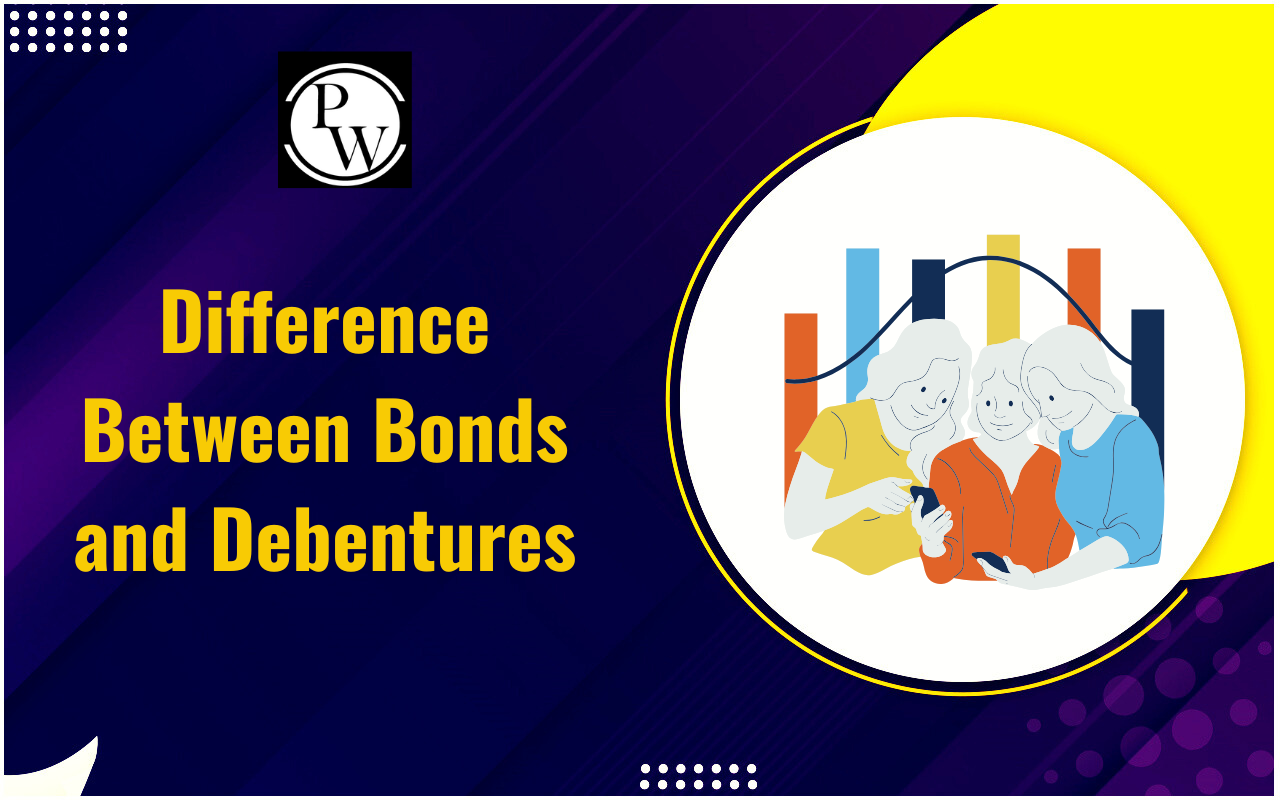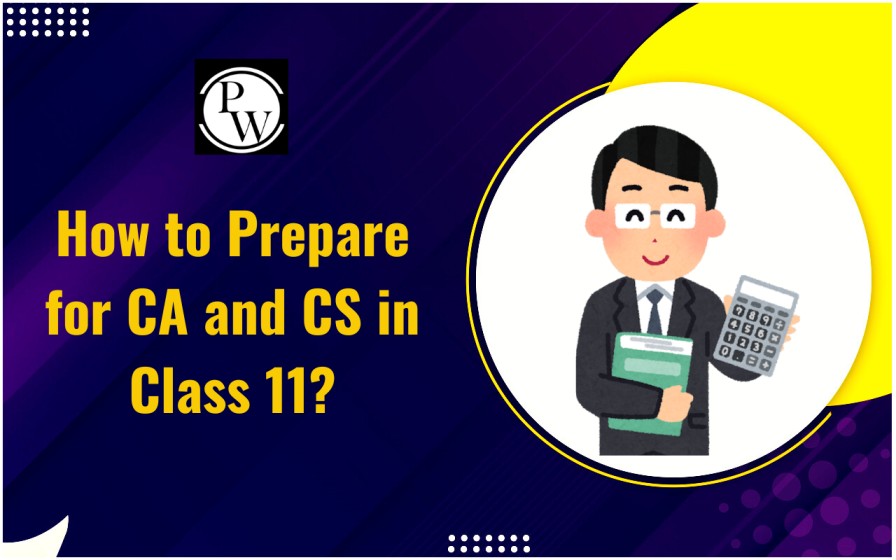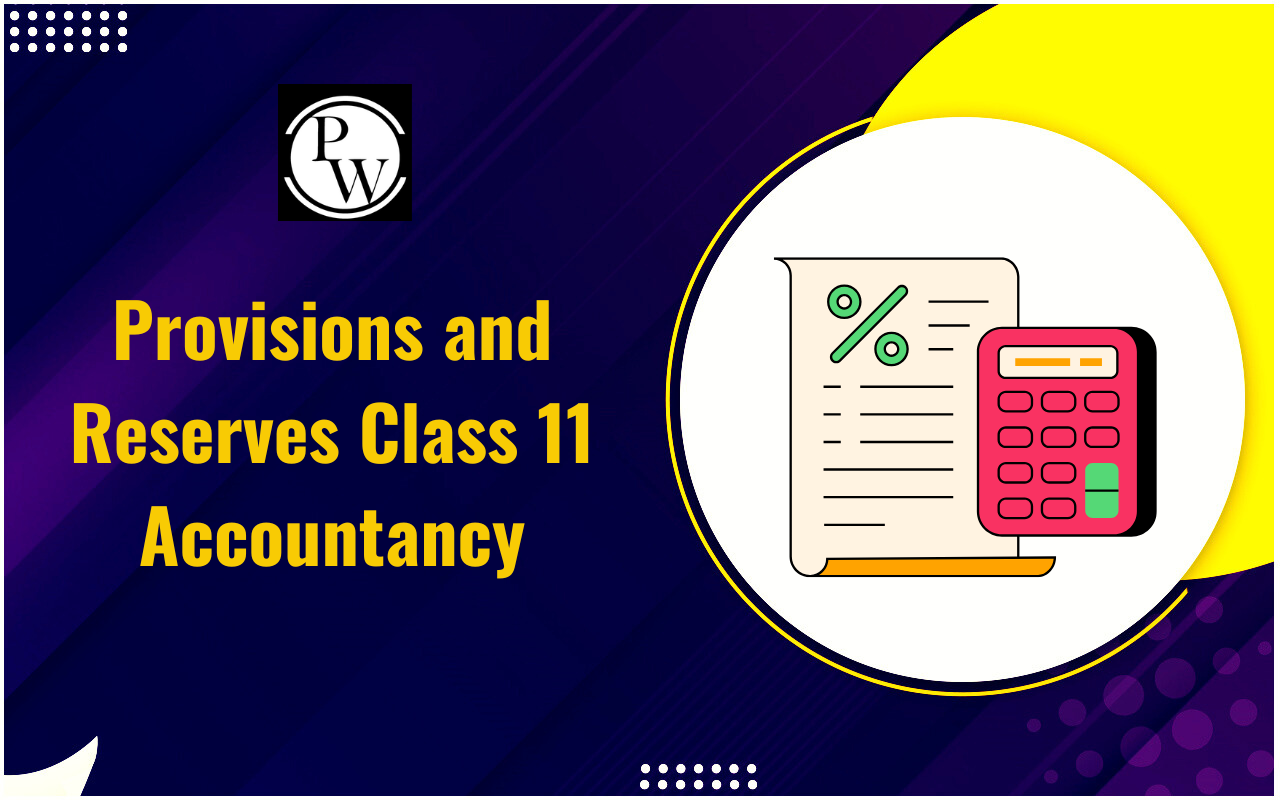

Contingent liability refers to potential future obligations that a company might face, depending on the outcome of uncertain events. These liabilities are not actual expenses but could become so if certain conditions are met. Examples include pending lawsuits, warranties, and guarantees.
Recording contingent liabilities in financial statements is crucial for transparency and compliance with accounting standards. It allows stakeholders, such as investors and creditors, to assess the potential risks that could impact a company's financial health. By disclosing these liabilities, companies provide insights into risk management practices and ensure stakeholders have the information they need to make informed decisions.What is a Contingent Liability?
Companies disclose contingent liabilities in their financial reports to provide transparency about potential financial obligations. These liabilities are not immediate but could impact the company's financial health depending on how events unfold. Businesses must manage contingent liabilities carefully and seek guidance from financial experts to ensure compliance with accounting standards and optimal financial planning. Contingent liability is a potential future debt a company might pay depending on uncertain events. It's akin to a bill that may or may not come due. For example, if a company is involved in a legal dispute, it might face a substantial payment if it loses the case. However, until the court decides the outcome, the company's obligation remains uncertain.Types of Contingent Liabilities
Contingent liabilities are classified based on the likelihood of their occurrence in the future. Here are the types:- Probable Contingency: A probable contingency is a financial obligation with at least a 50% chance of happening in the future. For instance, if a company faces a lawsuit where the plaintiff has a strong case, it is considered a probable contingency. A legal expert assesses the likelihood of loss; if it's 50% or higher, the estimated loss is recorded in the company's books. This follows the principle of conservatism in accounting, where potential losses are recognised earlier than potential gains.
- Possible Contingency: A possible contingency is one in which liability may or may not arise, but the chances of its occurrence are less than 50%. Such contingencies are typically not recorded in the company's financial books but mentioned in footnotes. This is because they cannot be reliably estimated in monetary terms due to their lower likelihood of happening.
- Remote Contingency: A remote contingency has minimal chances of occurring, often under extraordinary circumstances. It is not recorded in the company's books or mentioned in footnotes because the probability of it resulting in actual losses for the company is extremely low.
| Also Read | |
| Marginal Propensity to Consume | Concept of Public Relations |
| What is Demonetisation | Incidental Trading Activity |
Why is the Contingent Liability Recorded?
A contingent liability is recorded in a company's financial statements for several reasons, primarily to adhere to accounting principles and provide transparency to stakeholders. Here's why contingent liabilities are recorded:- Conservatism Principle : In accounting, conservatism dictates that potential losses should be recognised as soon as probable, even if not certain. This principle ensures that financial statements reflect a more cautious and realistic view of a company's financial position.
- Transparency : Recording contingent liabilities enhances transparency by informing investors, creditors, and other stakeholders about potential future obligations that may impact the company's financial health. It allows stakeholders to make informed decisions based on a clearer understanding of the company's risk exposure.
- Accrual Basis Accounting : Financial statements are prepared under the accrual basis of accounting, which requires recognising revenues and expenses when earned or incurred, not when cash changes hands. Similarly, contingent liabilities are recognised when the obligation arises, regardless of when payment is made.
- Legal and Regulatory Compliance : Accounting standards (such as GAAP—Generally Accepted Accounting Principles) and regulatory bodies (such as the SEC—Securities and Exchange Commission) require companies to disclose contingent liabilities if they meet certain criteria. Failure to disclose material contingent liabilities can lead to legal and regulatory repercussions.
- Audit and Verification : Recording contingent liabilities ensures that the company's financial statements are auditable and verifiable. Auditors review these liabilities to ensure compliance with accounting standards and the accuracy of financial reporting.
How to Recognise a Contingent Liability?
Recording a contingent liability in a company's books serves an essential purpose beyond merely preparing for potential losses. By documenting contingent liabilities, the company ensures that shareholders and auditors are informed about possible future financial obligations. This transparency is crucial in safeguarding shareholders against unforeseen risks that could impact the company's financial health. For instance, while shareholders might closely monitor high-profile legal cases involving the company, details about warranties, another type of contingent liability, may not be readily accessible. Therefore, to protect investor interests comprehensively, any contingent liability with a likelihood of occurrence exceeding 50% must be accurately recorded in the company's financial records. This practice empowers stakeholders to make informed decisions regarding their investments.Begin your journey towards academic excellence in Commerce with our comprehensive Commerce courses . Master the CBSE syllabus with expert guidance and ace your exams. Enroll now!”
| Related Link | |
| Organised and Unorganised Sector | Channels of Distribution, Meaning, Types, Significance |
| Agricultural Marketing | Sources of Recruitment: Definition, Advantages |
Contingent Liability FAQs
What type of account is a contingent asset?
A contingent asset is a potential asset whose existence depends on uncertain future events outside the entity's complete control. These assets are not recognized in the financial statements until their realization becomes virtually certain.
Is a contingent liability considered a current asset?
No, contingent liabilities are not classified as current assets. These liabilities represent potential future obligations that hinge on the outcome of uncertain events. Since they are not certain until the event occurs, they do not meet the criteria to be classified as current assets.
Why are contingent liabilities shown on the balance sheet and income statement?
Contingent liabilities are listed on the balance sheet to inform stakeholders about potential future financial obligations, even though their occurrence is uncertain at the reporting date. Suppose a contingent liability is likely to result in an outflow of economic benefits. In that case, it may also be disclosed as an expense on the income statement to reflect the potential impact on profitability.
Talk to a counsellorHave doubts? Our support team will be happy to assist you!

Free Learning Resources
PW Books
Notes (Class 10-12)
PW Study Materials
Notes (Class 6-9)
Ncert Solutions
Govt Exams
Class 6th to 12th Online Courses
Govt Job Exams Courses
UPSC Coaching
Defence Exam Coaching
Gate Exam Coaching
Other Exams
Know about Physics Wallah
Physics Wallah is an Indian edtech platform that provides accessible & comprehensive learning experiences to students from Class 6th to postgraduate level. We also provide extensive NCERT solutions, sample paper, NEET, JEE Mains, BITSAT previous year papers & more such resources to students. Physics Wallah also caters to over 3.5 million registered students and over 78 lakh+ Youtube subscribers with 4.8 rating on its app.
We Stand Out because
We provide students with intensive courses with India’s qualified & experienced faculties & mentors. PW strives to make the learning experience comprehensive and accessible for students of all sections of society. We believe in empowering every single student who couldn't dream of a good career in engineering and medical field earlier.
Our Key Focus Areas
Physics Wallah's main focus is to make the learning experience as economical as possible for all students. With our affordable courses like Lakshya, Udaan and Arjuna and many others, we have been able to provide a platform for lakhs of aspirants. From providing Chemistry, Maths, Physics formula to giving e-books of eminent authors like RD Sharma, RS Aggarwal and Lakhmir Singh, PW focuses on every single student's need for preparation.
What Makes Us Different
Physics Wallah strives to develop a comprehensive pedagogical structure for students, where they get a state-of-the-art learning experience with study material and resources. Apart from catering students preparing for JEE Mains and NEET, PW also provides study material for each state board like Uttar Pradesh, Bihar, and others
Copyright © 2025 Physicswallah Limited All rights reserved.
Get App











